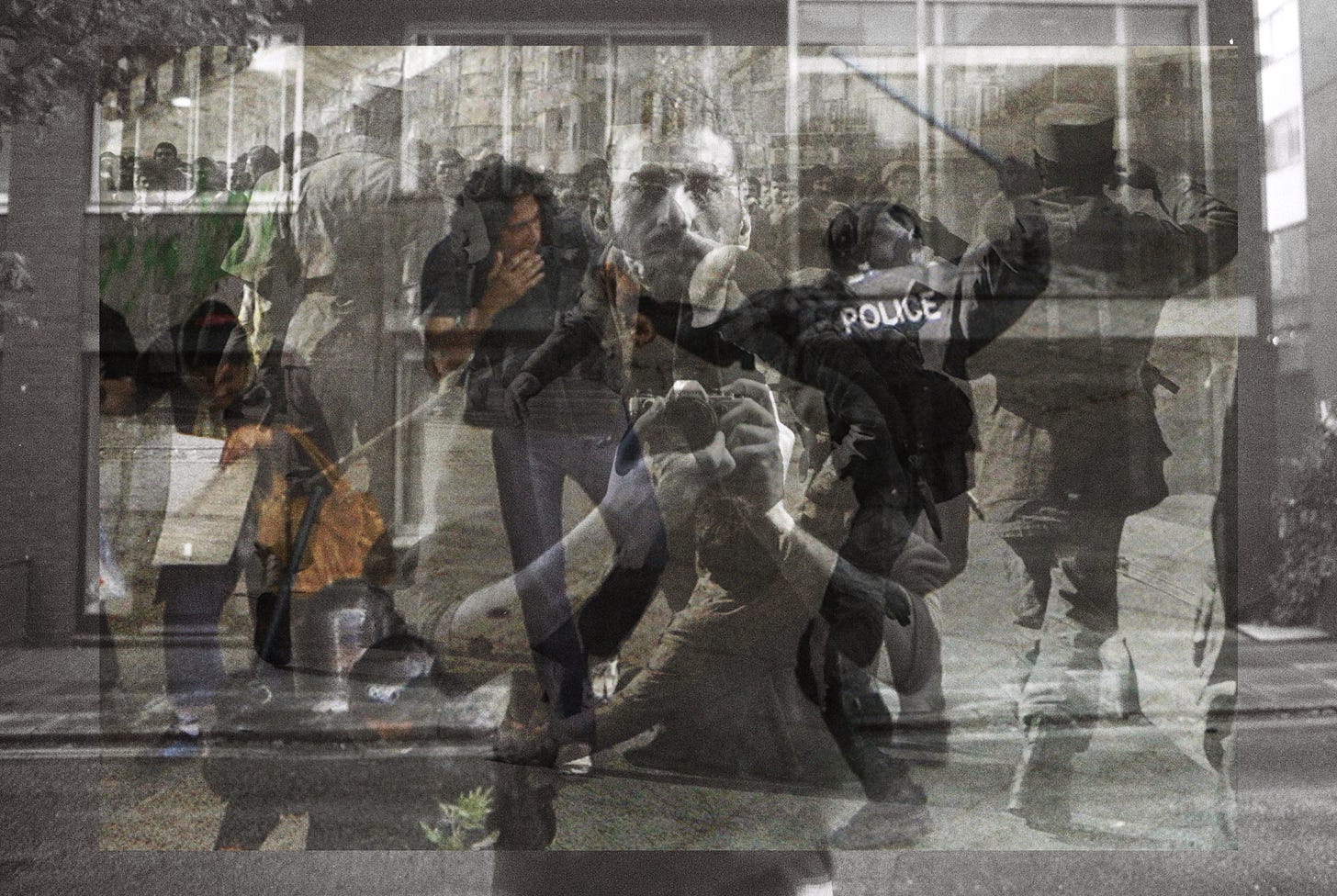Exhibition: Migration and dissent go on, with you
A double exhibition by an Iranian photographer offers portrait of immigration and resistance - and in a subtle way, makes you a participant in both.
There is a curious symmetry between the two series comprising the double exhibition by Iranian photographer Zohreh Mohammadhosseinpour. On the face of it, the topics and styles are as different as can be: one is about dissent in Iran, the other is about migration to England. One is made of triple exposure photographs so …
Keep reading with a 7-day free trial
Subscribe to The Lead to keep reading this post and get 7 days of free access to the full post archives.



